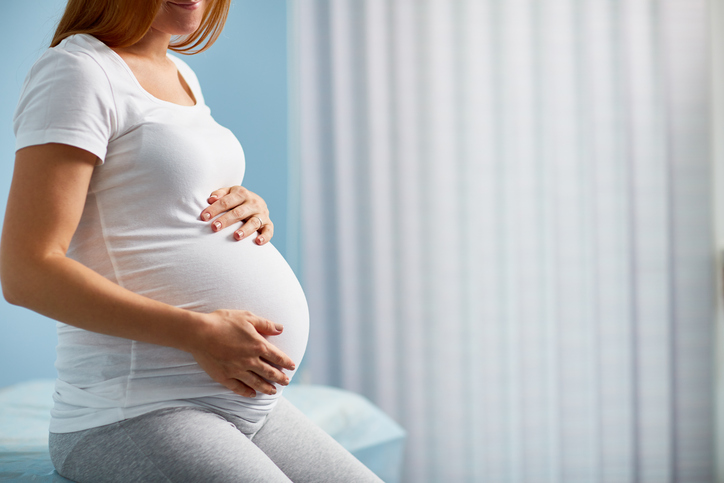Did you know that in the United States, one out of every 160 pregnancies results in stillbirth? It’s a shocking statistic about a tragic event that has leaves many women wondering what went wrong. Medical professionals have also wondered, and a recent Australian study may bring us closer to the answer.
Stillbirth, the death of a child after the 20th week of pregnancy, is a sad event no parent should have to face. Australia’s Hunter Medical Research Institute reported a major breakthrough in the understanding of what causes stillbirths that may help. Professor Roger Smith of the Institute said researchers have learned that many stillbirths are triggered by an aging placenta.
Smith told the Australian Broadcasting Corporation: “As you look around at everybody you know, you’ll notice they age at different rates. And it’s almost certainly the same with the placenta. Some placentas age more rapidly than others.”
Preventing Stillbirths
If placentas age in the weeks before an expectant mother is due, the fetus may be starved of the oxygen and nutrients it needs to survive. The good news? Doctors can monitor a woman’s placenta more closely and look for signs of aging before she goes into labor. By tracking this, doctors will be able to determine if a stillbirth is likely and intervene.
Smith says: “It’s possible that we’ll be able to develop diagnostic tests to pick up in the mother’s blood the signs of aging of the placenta, and therefore predict this devastating event so that the obstetricians can perform a caesarean section and get the baby out before the baby dies.” This move towards preventing stillbirths is great news for future mothers-to-be!
The study’s research team hopes to have this test available within the next three to five years.












